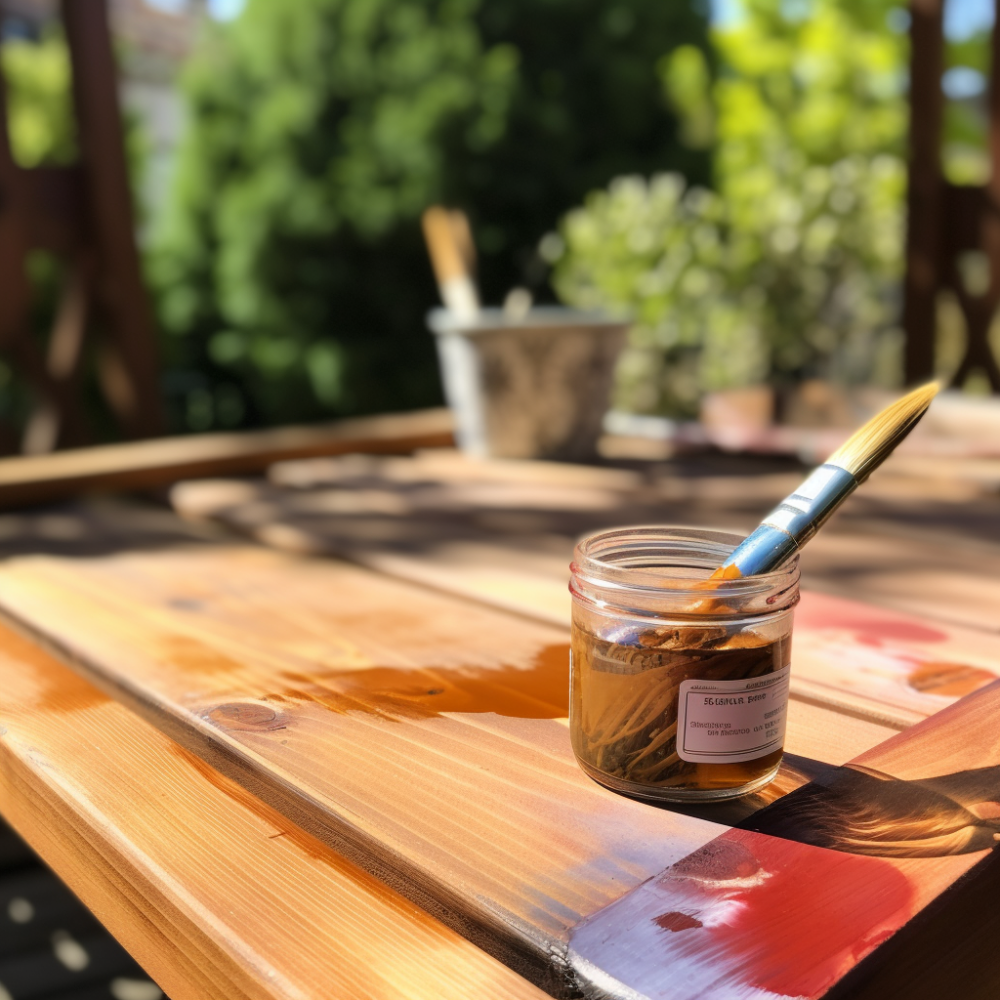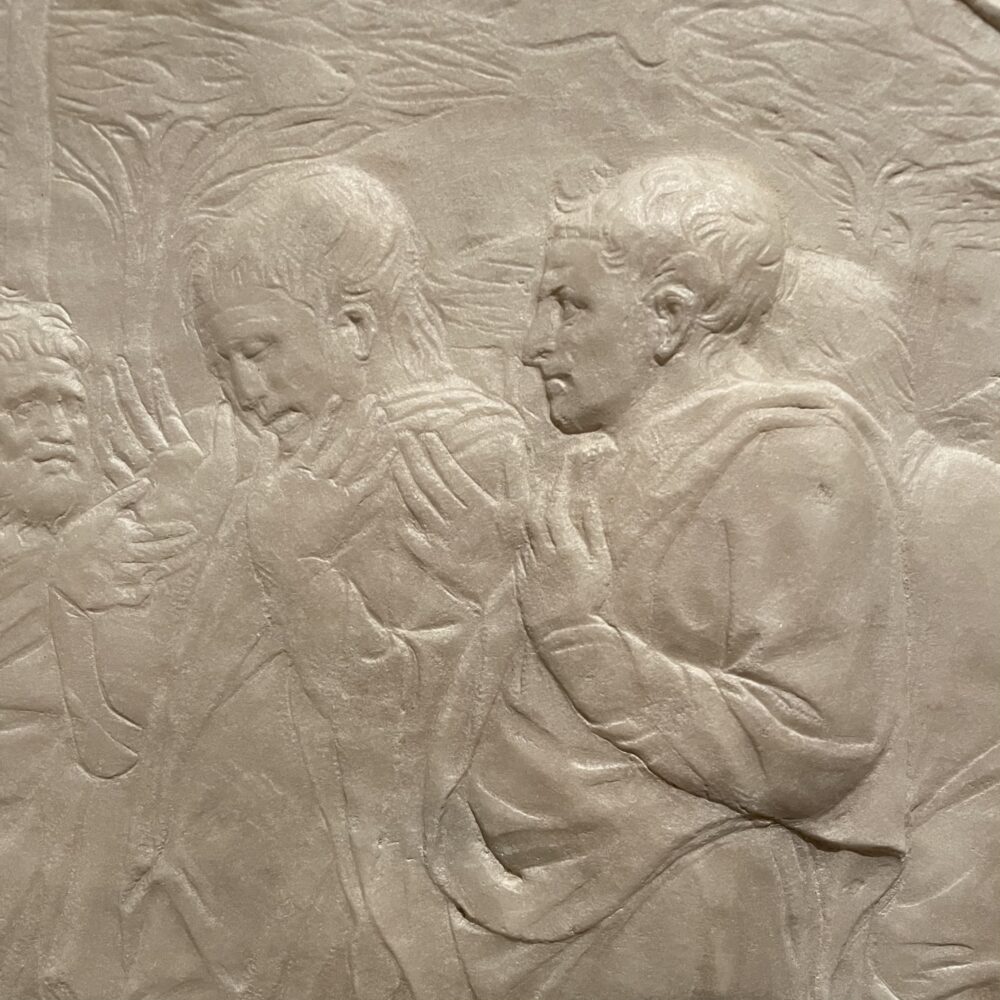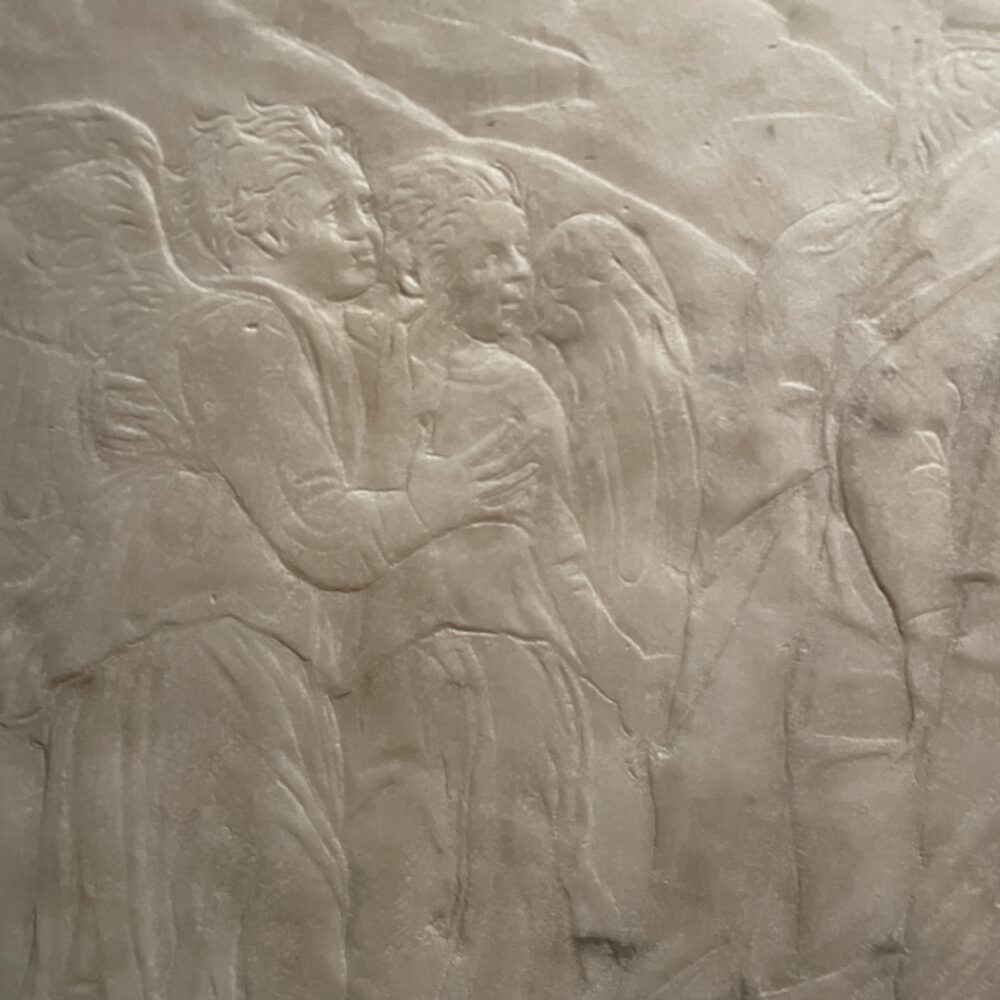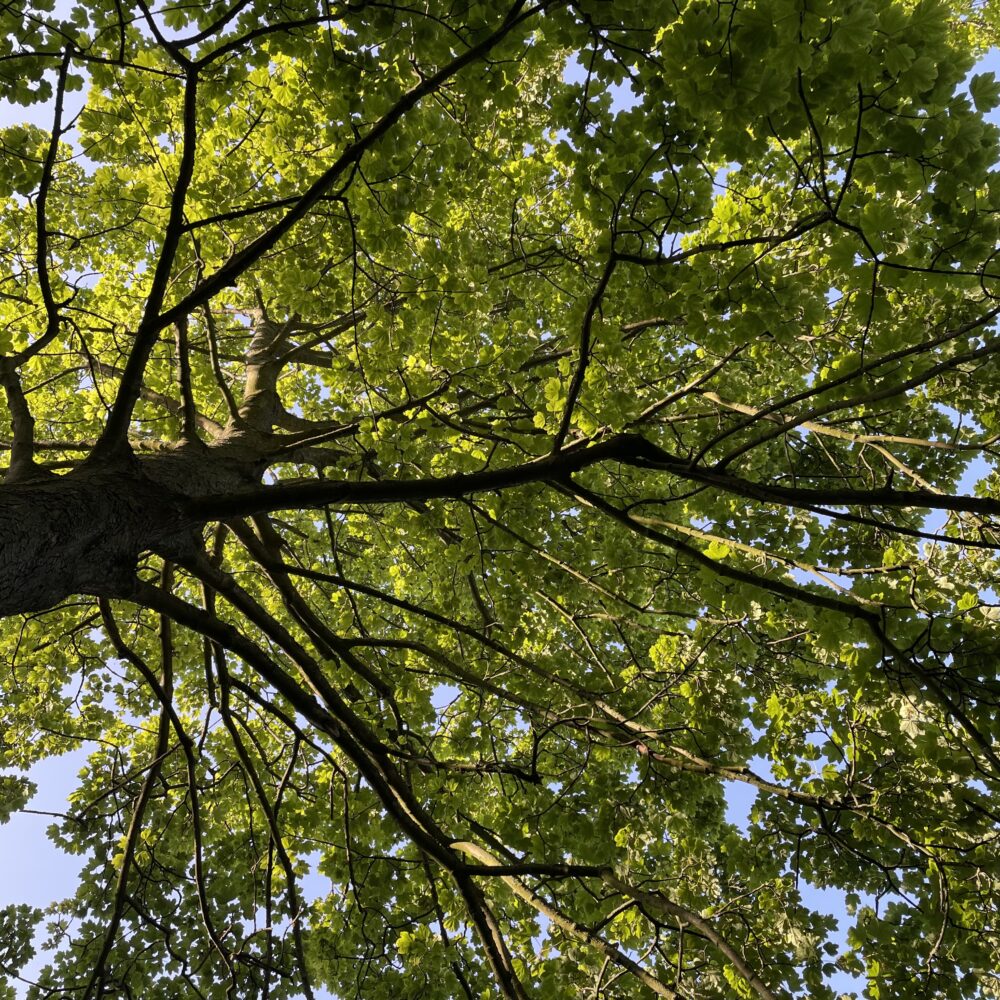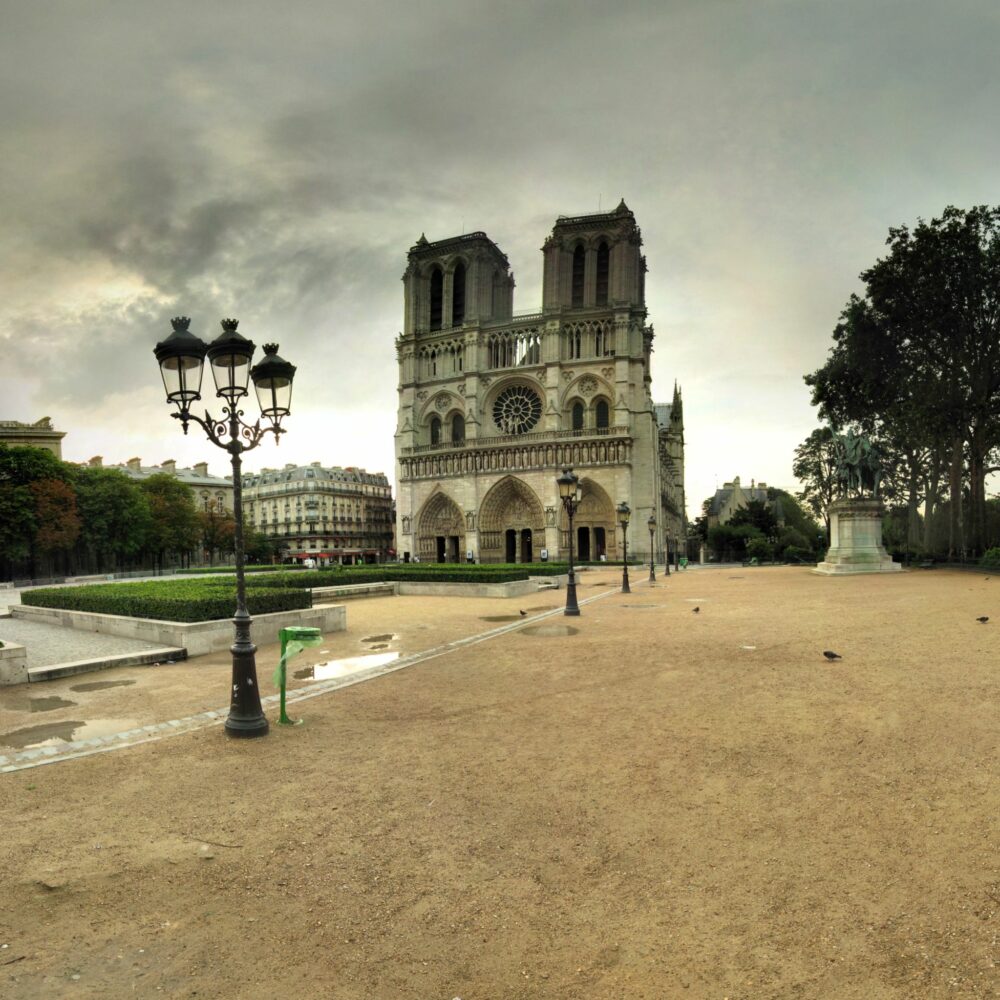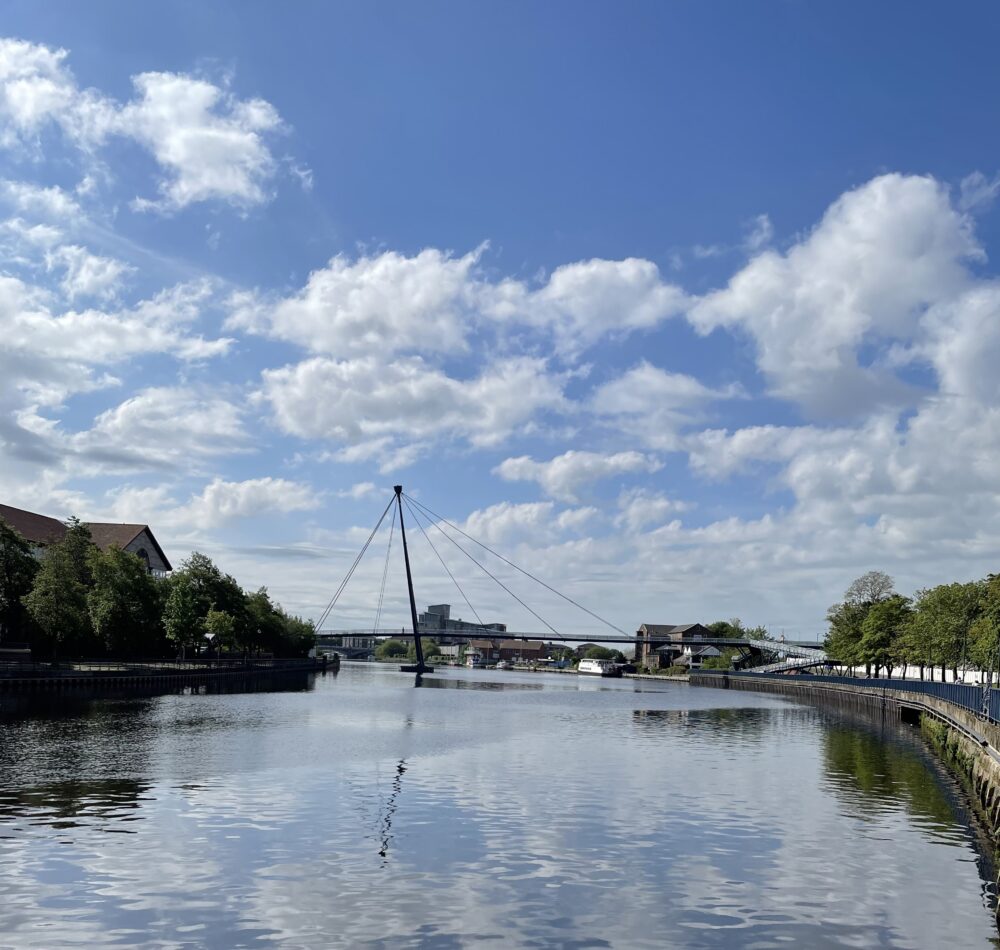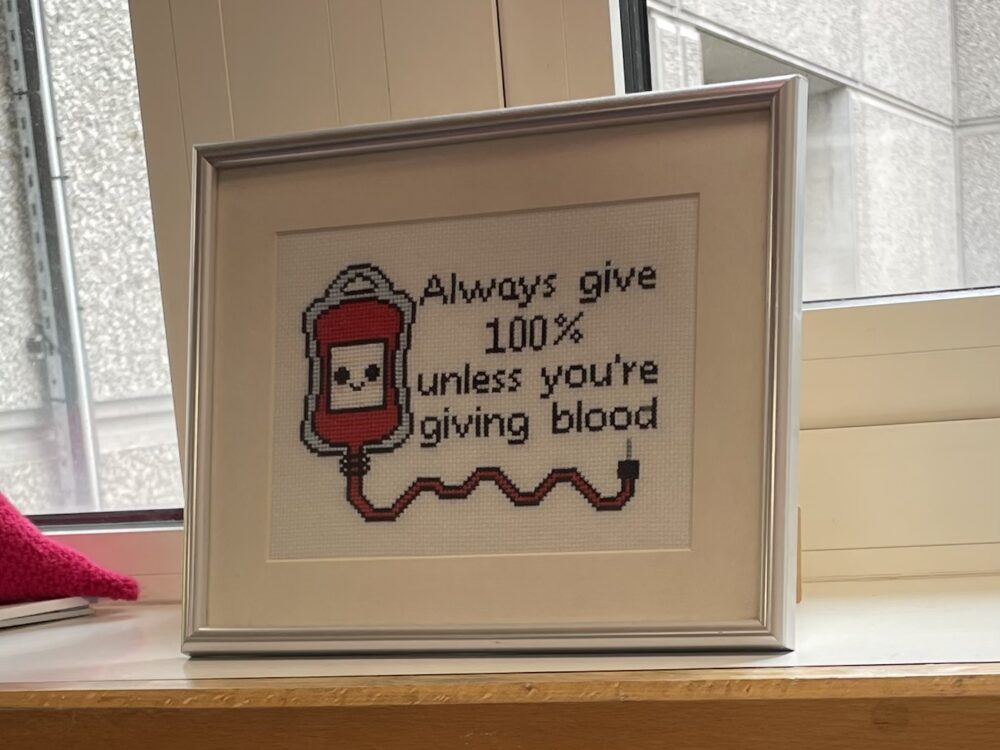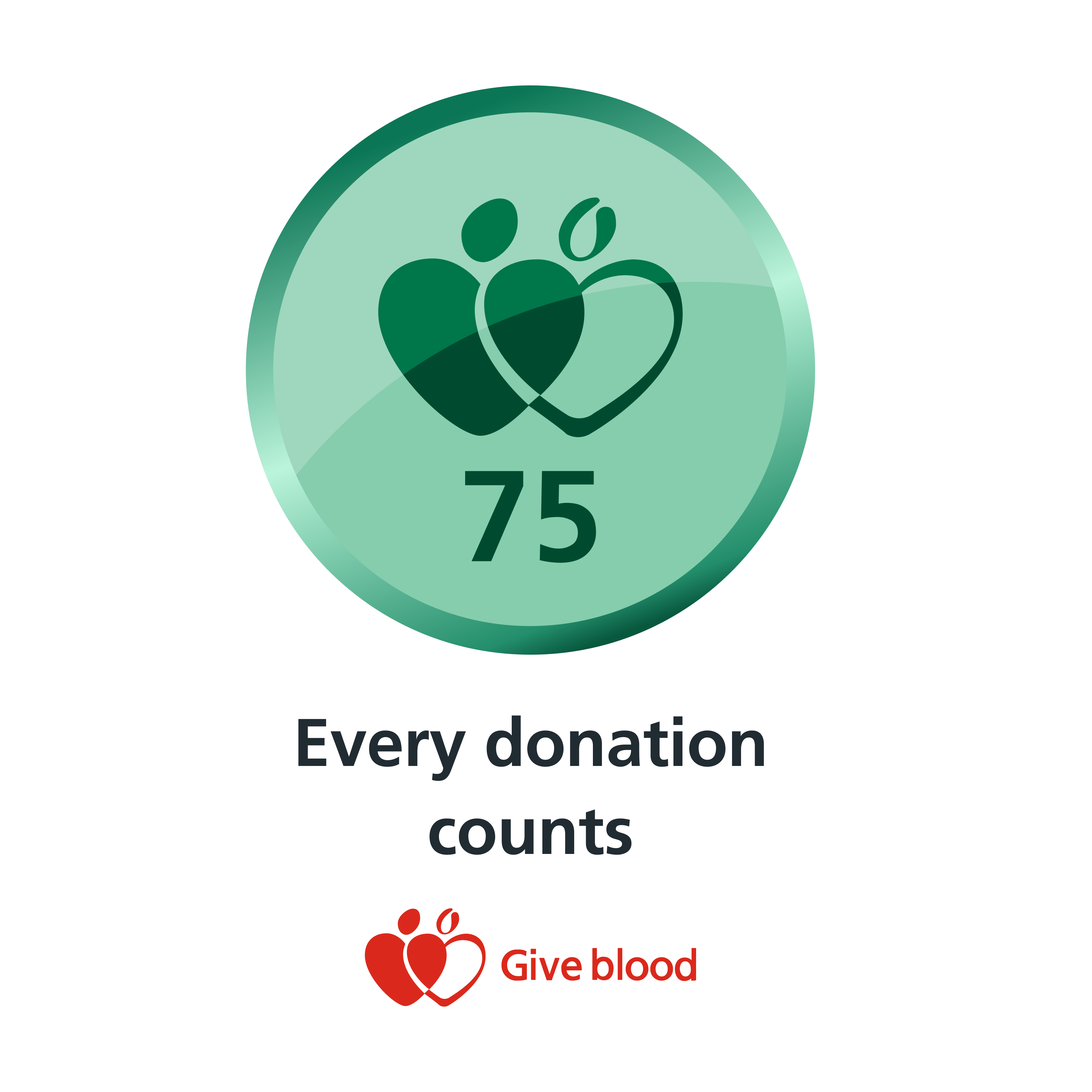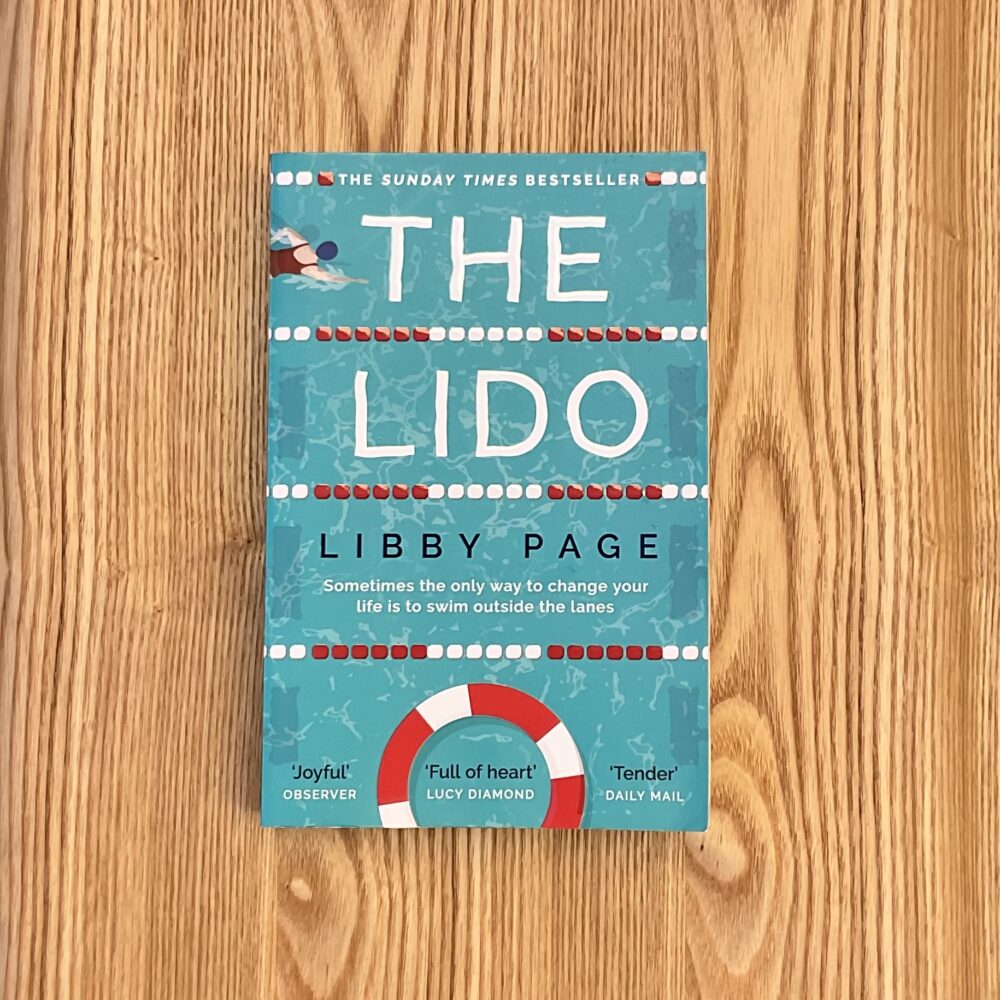My theory of large organisation leadership

Richard Smith recently shared a quotation from Erling Kagge’s Walking (which sounds like a great book):
The greater the physical distance between the decision makers and those affected by the decisions, the less relevant the decisions appear to the people impacted by them.
This rings true, and chimes with discussions I often have about senior leaders in large organisations.
Wendy and I have both worked in plenty of large organisations, inside and outside the health sector. Over time, we’ve observed that the more successful senior leaders tend to be those who spend a lot of time—perhaps even the majority of their time—with staff members from across the organisation and with customers / patients / service users. The least successful tend to be those who talk a lot about their ‘visibility’ and ’open door policy’ but whom the majority of staff members rarely, if ever, see in the flesh.
That is, the successful hospital chief executive is the one who stalks the wards and corridors, the one you might accidentally bump into on a ward round or in a clinic and think little of it. They know the organisation from top to bottom because they live it. They thank every staff member with genuine earnest, they are encouraging, they are interested in every person’s role. They harness the power and energy of the organisation they lead to make arguments about funding for them.
The unsuccessful hospital chief executive is the one who makes videos and blogs, whose visits to the wards are an ‘event’ to be prepared for and photographed. They judge success entirely on key performance indicators, and intuit the culture from surveys and managerial reports. Nobody really knows them locally, but they’ll trade on their personality and achievements with national leaders to try to drive the organisation’s interests.
The successful leader of a national organisation is the one who pops up in every regional outpost now and again. They often use them as a base when they have meetings in the area, which they do frequently because they don’t want a HQ-centric view of the world. You might accidentally bump into them in the kitchen and think little of it. They understand the tensions between parts of the organisation because they are surrounded by them. They hear about people’s successes organically, and celebrate with them, and lend an ear when times are tougher. They drive the organisation forward in an organic and engaging way, and use the reputation of the organisation they build to convince funders to follow their lead.
The unsuccessful leader is the one who holds webinars about how open they are, whose visits to ‘the regions’ involve lots of pre-planned choreography and dedicated ‘come and talk to me’ sessions. They judge success based on PowerPoint presentations, and understand the culture to be what people declare it to be. They are aloof and distant to staff, but chummy with those who set the organisation’s remit and hold the purse strings, using their person cachet as a tool to influence.
And lo, I present the ‘Simon’ theory of large organisation leadership. The successful leader of a large organisation intuits that their job is to build confidence in themselves among staff members, and confidence in the organisation among funders and external partners. They prioritise internal management, absorbing and influencing the culture, selling their vision, and making people believe that the organisation’s goals are worthy and achievable. They delegate even the most important external-facing discussions, using their limited access as a tool, appearing in the room to apply the final thumb screws and to seal the deal.
There are caveats: the leader must understand that their internal role is leadership, not management, lest they breed a culture of micromanagement or promote the acquisition of a set of what the military would call ‘long screwdrivers’. The leader must be reasonably personable to avoid appearing to ‘hover’ unnervingly. The leader must be skilled at knowing how and when to ‘fix’ things, and when to just listen.
This theory is based on my cumulative zero years of leading large organisations, and inspired by my burning desire to absolutely none of it in the future.
Maybe I can spin this off into one of those awful airport bookshop leadership tomes?
The image at the top of this post was generated by Midjourney.
This post was filed under: Post-a-day 2023, Management theory.

